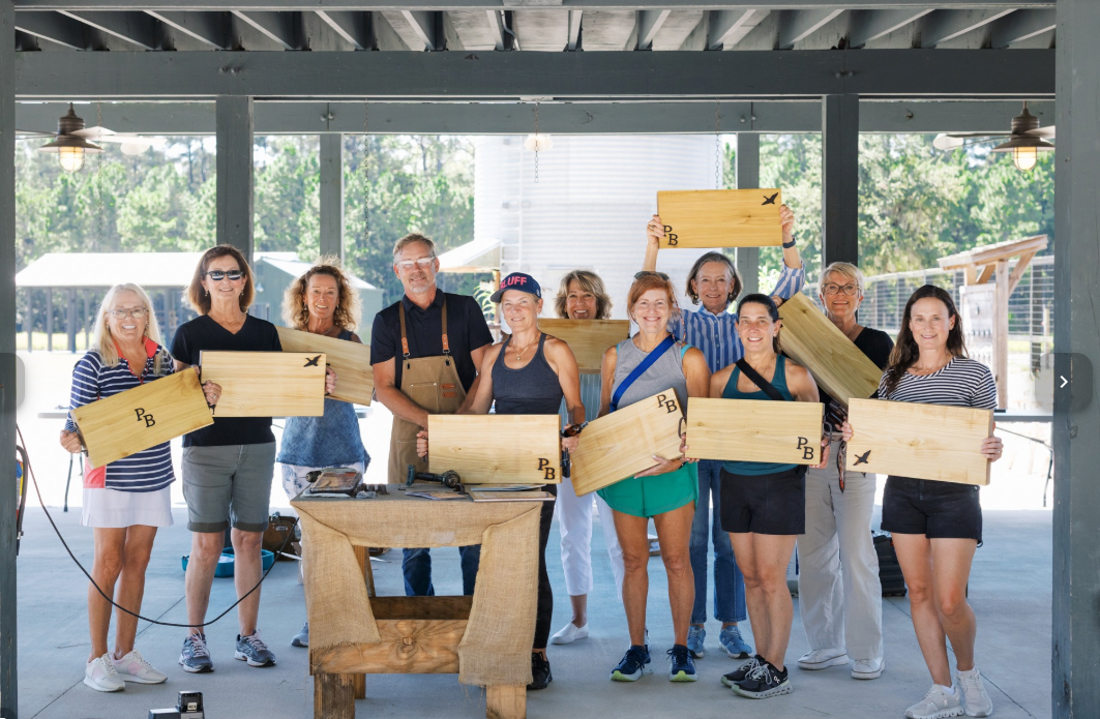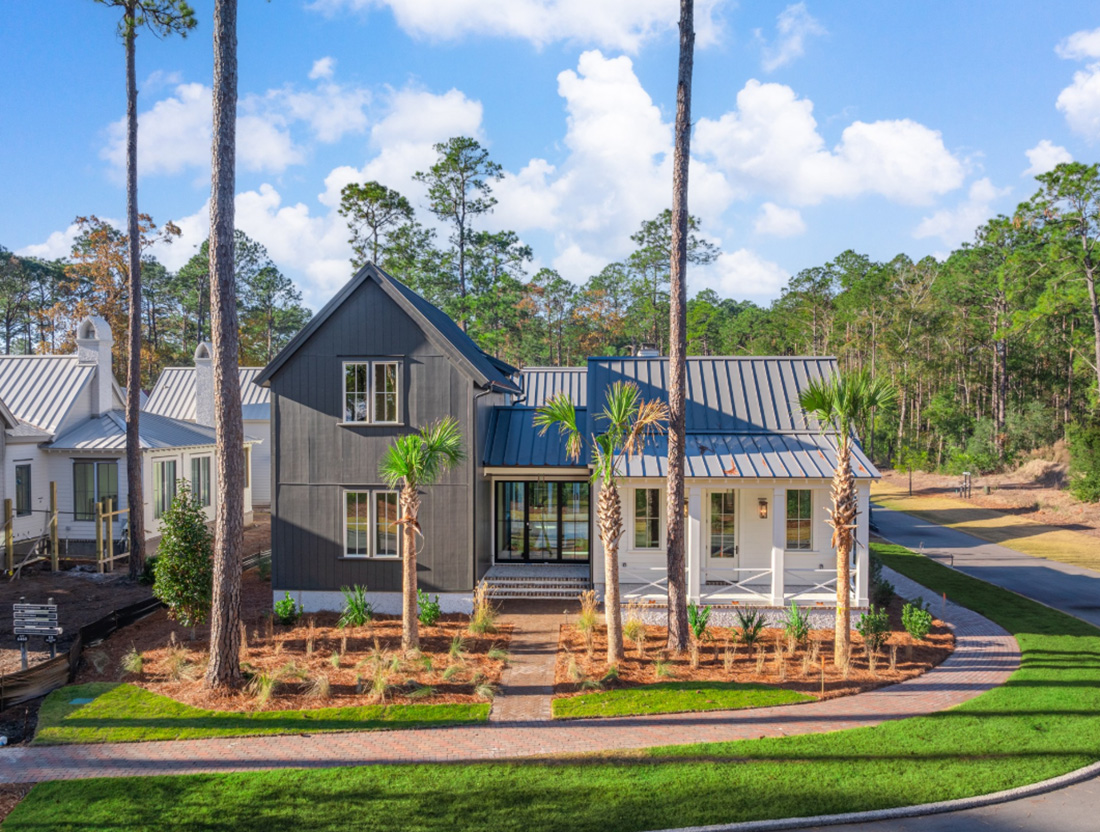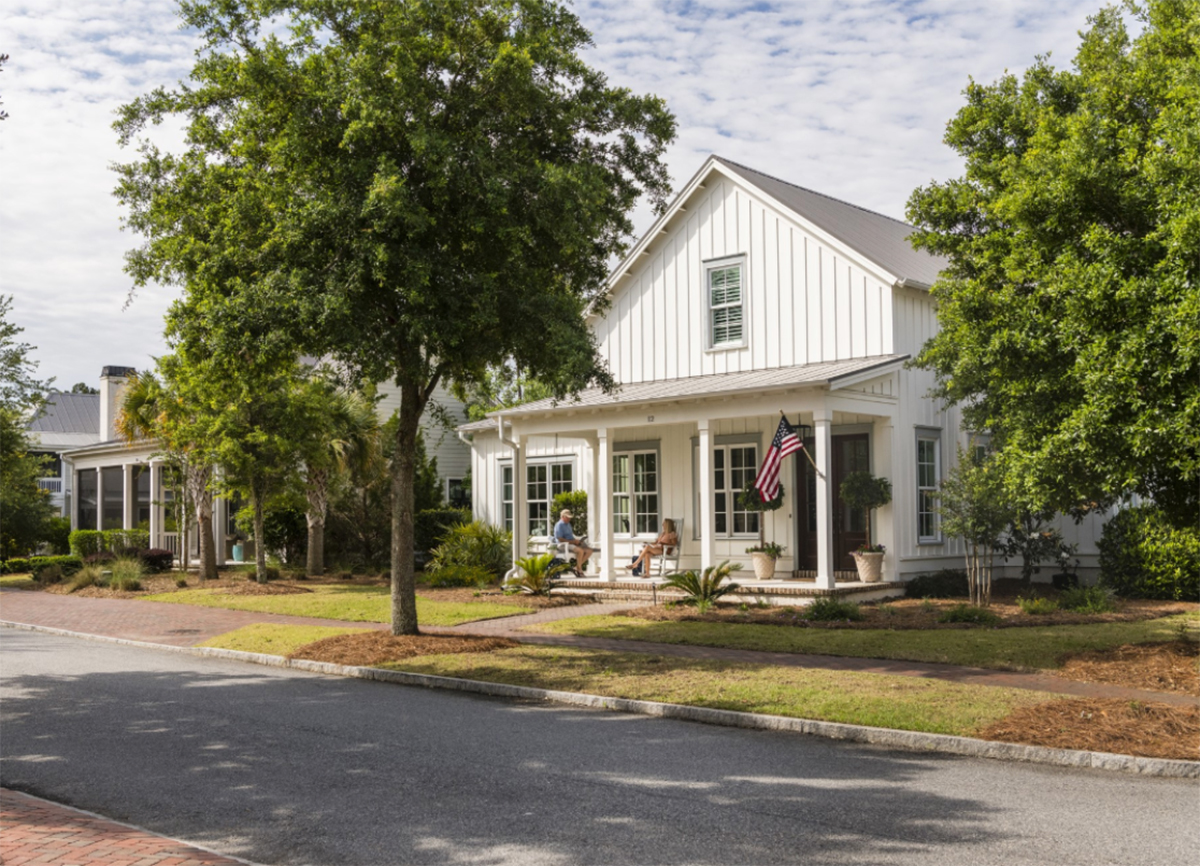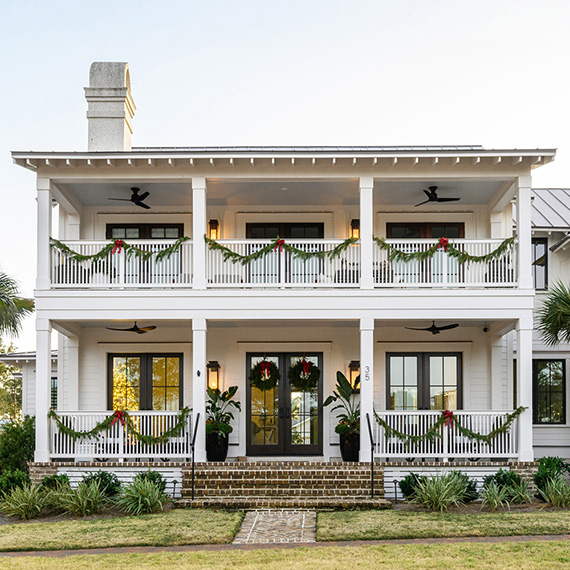Palmetto Bluff Real Estate Company Sales Office
Office Hours
Monday-Friday 9am - 5pm
Saturday 9am - 4pm
Sunday 12 - 4pm
Saturday 9am - 4pm
Sunday 12 - 4pm
Pop! Click! Snap! A din rings across the marsh from oysters closing their shells, jets of water springing from sealing halves, as water recedes from the intertidal zone.
Eastern oysters (Crassostrea virginica), probably known best for their central role in autumnal oyster roasts, are a keystone species in our coastal marshes and provide essential ecosystem functions including erosion control, water filtration, and habitat creation.
Oyster reefs are barriers that break down waves from hurricanes before they hit the mainland, retaining the substrate of our shorelines. Foraging primarily on microscopic phytoplankton, oysters are filter feeders and can filter up to 4 gallons of water per hour. They can even remove pollutants, including heavy metals such as mercury, providing a cleaning service through their foraging activities.
Over 300 species of plants and animals rely on oysters for survival. Oyster reefs provide three-dimensional structures for fish, crabs, shrimp, and other invertebrates on the otherwise fl at bottom of creeks and estuaries. Declines in oyster populations create a trophic cascade of loss, depleting the abundance and diversity of species present throughout the food chain.
In addition to providing habitat, oysters themselves have specific habitat requirements. Ninety-five percent of eastern oysters live in the intertidal zone, the space within tidal creeks covered during high tide and exposed during low tide. If oysters are too deep, they are unable to compete with more benthic species such as boring sponges. If oysters are too shallow, they reduce the amount of time they can spend feeding. The intertidal zone provides important advantages for oysters, and the success of restored reefs depends on specific placement within this zone.
The oyster life cycle is surprisingly complex. Spawning begins in April when adults broadcast sperm and eggs into the water column, peaks during the summer, and continues into October. During this period, 50 percent of the tissue within the oysters is comprised of gonads—the organs that produce eggs and sperm. Resulting larvae have poor locomotory skills and rely on tides for transport, spending their first two weeks floating with currents while developing into more complex larval stages. Around two weeks old, they form their final larval stage and begin to sink to the creek bottom. This final stage is different from previous ones in that the larva has a “foot” that allows it to be somewhat mobile, crawling over the creek bottom in search of a sustainable place to permanently rest.
Oyster larvae need hard substrates to which they can attach, preferring the shells of other oysters—both alive and dead. Once the larva finds a substrate, it permanently cements itself to that location and metamorphizes into a small version of its adult form. It grows rapidly, becoming mature in two to three years. Eastern oysters are protandrous hermaphrodites, maturing first as males and transitioning to females when they are older and larger.
Females can produce more than 100 million eggs in a single year—with the waters along coastal South Carolina filled with oyster larvae during the summer months. Unfortunately, this same water lacks an abundance of substrate to which larvae can attach. Over-harvesting and habitat loss—including the depletion of oyster shell substrate—have contributed to significant declines in oyster populations. Less than 20 percent of historic oyster reefs currently exist along U.S. coastlines.
Fortunately, there is something we can all do to help. The South Carolina Department of Natural Resources oversees the South Carolina Oyster Restoration and Enhancement (SCORE) program, which obtains oyster shells from citizens through shell drop-off centers, then quarantines and recycles them through the creation of new reefs.
To learn more about SCORE, visit score.dnr.sc.gov.
%GALLERY%

Warm, fragrant, and deeply comforting, Chef Beth’s Southern Sausage & Sage Stuffing is a holiday classic that brings together rich pork sausage, fresh herbs, and toasted bread for the ultimate savory side dish. Studded with green apples and aromatic vegeta...

As December settles over Palmetto Bluff, it brings softer light, cooler mornings, and the natural beauty of native evergreens and winter berries that define the Lowcountry landscape. Palmetto Bluff Conservancy’s Education and Outreach Manager, Aaron Palmieri, ...

In 2025, Palmetto Bluff welcomed new neighbors and old friends, groundbreakings, and long-awaited openings. From inspired Club gatherings and elevated programming to the creation of our latest golf course, the year was defined by connection and excitement for ...

There is something serene about waking up to shimmering water, the stillness of the woods, or the sweep of marsh and sky right outside your window. Even without stepping outside, science shows that simply seeing nature from home can meaningfully improve mental...

The Ultimate Choice: Building vs Buying a Home in Palmetto Bluff For those searching for Palmetto Bluff homes for sale, this common question often arises: Should you choose an existing residence, or embrace the opportunity to build your own? While a complet...

A Complete Guide to South Carolina Winter at Palmetto Bluff South Carolina's winter is unlike any other on the East Coast. While many travelers search for “South Carolina winter” expecting cooler temperatures and limited outdoor options, the Lowcountry revea...

River Road: Where Lowcountry Beauty Meets Elevated Everyday Living Tucked gracefully between Wilson Village and Moreland Village, River Road is one of Palmetto Bluff’s most immersive communities. It's where the pace of life seems to soften, classic Southern ...

Sunday, December 14 | 9am to 1pmVillage GreenThe season’s most festive farmers market, the Holiday Farmers Market, comes to Wilson Village on Sunday, December 14, from 9am to 1pm. All are welcome to visit and experience the magic of holidays at the Bluff. The ...

Tucked amid whispering pines and overlooking a tranquil water trail, 11 Lyonia Street is where Lowcountry charm meets modern artistry. The newly built residence redefines Southern living with a balance of craftsmanship and calm. This is a home that feels both ...

The holiday season in the Lowcountry brings crisp air, oaks draped in twinkling lights, and laughter drifting from homes where families and friends gather once again. At Palmetto Bluff, the holidays are more than just a season; they’re a feeling of togethernes...
We do not attempt to independently verify the currency, completeness, accuracy or authenticity of the data contained herein. All area measurements and calculations are approximate and should be independently verified. Data may be subject to transcription and transmission errors. Accordingly, the data is provided on an “as is” “as available” basis only and may not reflect all real estate activity in the market”. © [2023] REsides, Inc. All rights reserved. Certain information contained herein is derived from information, which is the licensed property of, and copyrighted by, REsides, Inc.